8 Things You Are Doing the Wrong Way
We found the real reason our bedtime reading is keeping us up—along with 7 other everyday habits we're going about the wrong way...and what to try instead.
By Jena Pincott
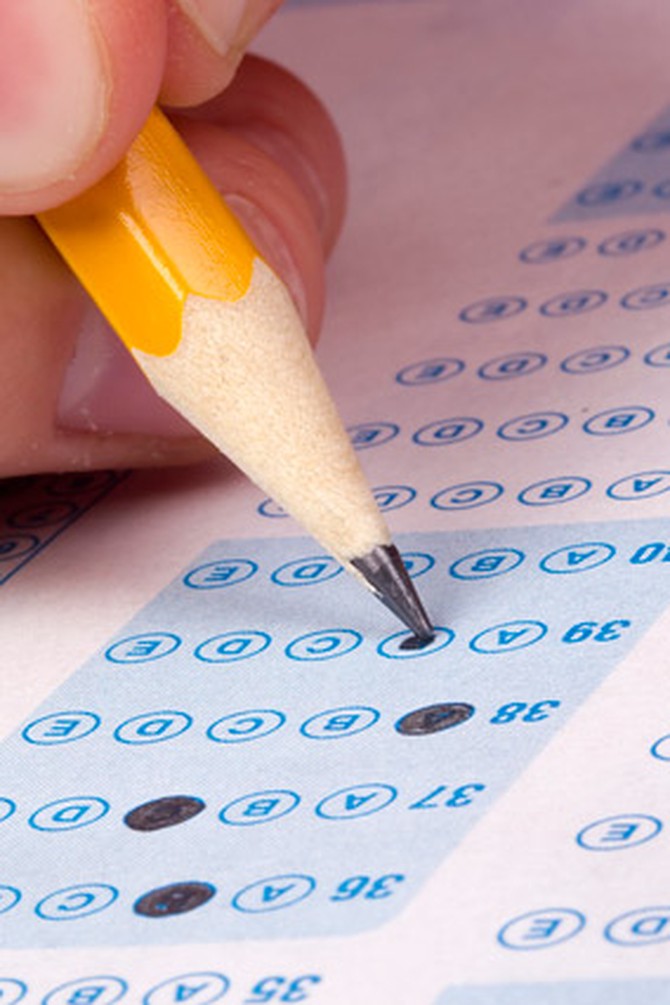
Photo: Thinkstock
Case No. 1: Guessing the Right Answer
When in doubt, three out of every four of us think back to our days of multiple-choice tests and go with the first option we think is right. Alas, your SAT-prep coach misled you, found a study published in the Journal of Personality and Social Psychology. Among test-takers, those who rejected their initial guess in favor of a later one were more often right. The mistake of trusting our first instinct—which may also apply to, say, picking the fastest line at the toll plaza or even a partner—persists because we subconsciously try to avoid regret. We're likelier to remember (and deeply regret) those few times when our first guess was right but we changed our minds and got it wrong than the (more common) times we stuck with our gut but should have switched.
Try instead: When in doubt about your first instinct, pick the answer that comes to you after you give it some more thought. You're likelier to be right.
Try instead: When in doubt about your first instinct, pick the answer that comes to you after you give it some more thought. You're likelier to be right.
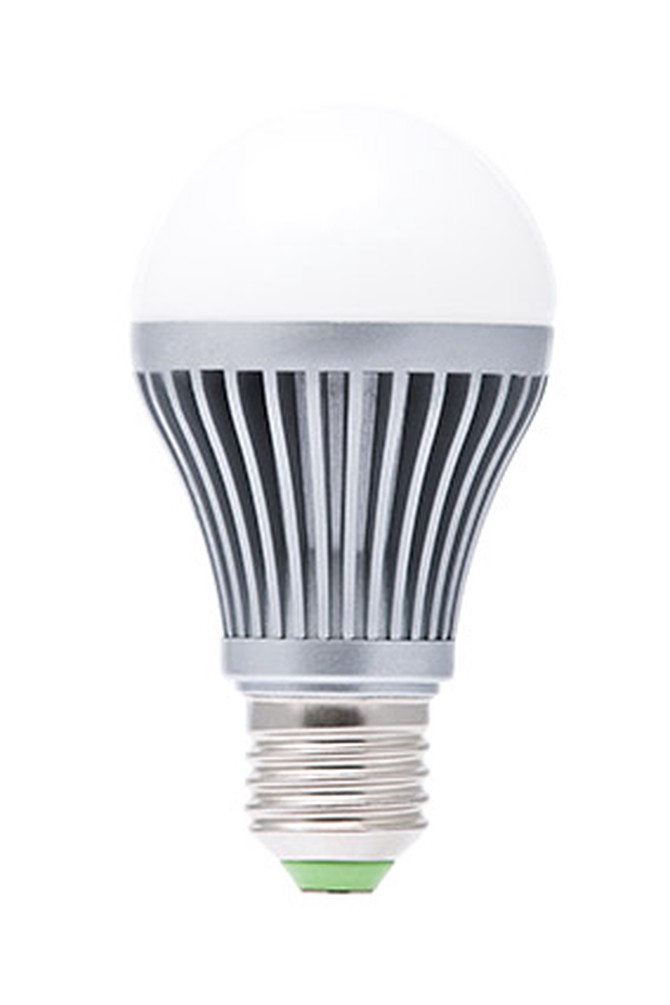
Photo: Thinkstock
Case No. 2: Reading in Bed
We all know that using a computer, tablet or smartphone at night can interfere with sleep (the blue light, so similar to daylight, suppresses production of the sleep-inducing hormone melatonin). But that new energy-efficient compact fluorescent or LED bulb in your nightstand lamp—the one that so competently illuminates your bedtime page-turner—also casts a blue light and carries the same risk of nighttime wakefulness. (The old incandescents emitted much less blue.)
Try instead: Clamp a tiny incandescent book light (like the Itty Bitty Book Light) on the spine of an actual book or a non-backlit device such as the Kindle. Or consider blue-blocking amber goggles, available at Amazon); they've been proven to prevent melatonin suppression—even when worn under very bright blue light —found a study at the University of Toronto's Sleep Research Laboratory.
You could also limit fluorescent or LED-light exposure right before bedtime to less than hour—a safe level of melatonin suppression, found a study at Rensselaer Polytechnic Institute.
Try instead: Clamp a tiny incandescent book light (like the Itty Bitty Book Light) on the spine of an actual book or a non-backlit device such as the Kindle. Or consider blue-blocking amber goggles, available at Amazon); they've been proven to prevent melatonin suppression—even when worn under very bright blue light —found a study at the University of Toronto's Sleep Research Laboratory.
You could also limit fluorescent or LED-light exposure right before bedtime to less than hour—a safe level of melatonin suppression, found a study at Rensselaer Polytechnic Institute.
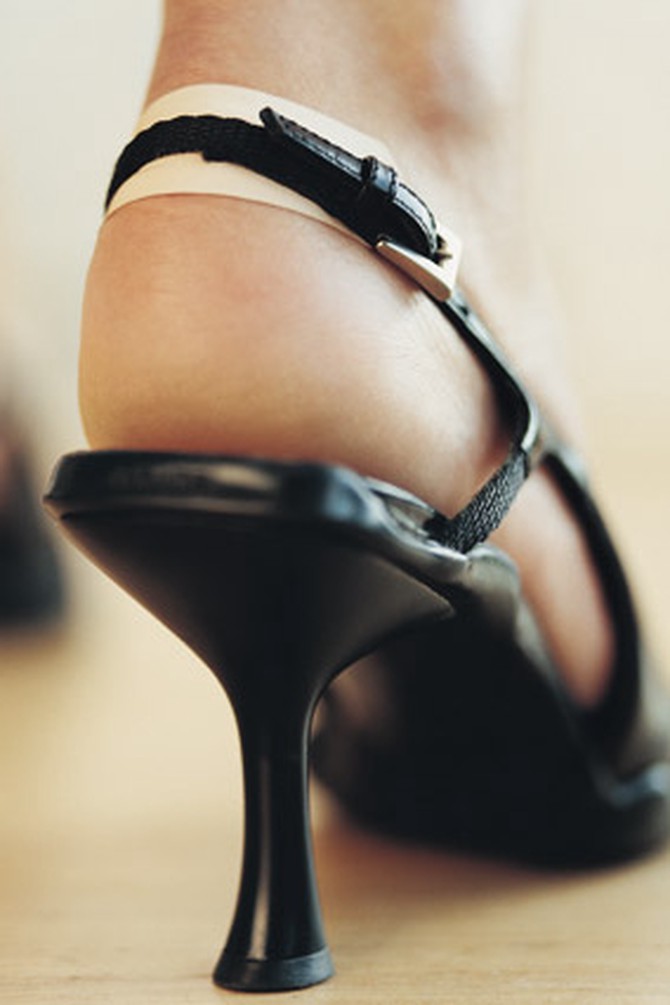
Photo: Thinkstock
Case No. 3: Protecting Your Feet
Every time we get tight new shoes, we preemptively stick Band-Aids or moleskin on the soft spots of each foot. And still, the shoes rub us the wrong way.
Try instead: Spray antiperspirant on your feet for three nights before wearing new shoes—a tactic used in a U.S. Military Academy study. (It works because blisters are caused by friction, and even slightly sweaty feet increase friction dramatically.) After hiking for 21 kilometers, these dry-footed cadets were less than half as likely to blister as a control group (though their feet felt itchier). Or try this technique from The Observer: Stretch too-tight shoes by wearing them with socks and blasting the hot spots with a blow dryer on its highest setting.
Try instead: Spray antiperspirant on your feet for three nights before wearing new shoes—a tactic used in a U.S. Military Academy study. (It works because blisters are caused by friction, and even slightly sweaty feet increase friction dramatically.) After hiking for 21 kilometers, these dry-footed cadets were less than half as likely to blister as a control group (though their feet felt itchier). Or try this technique from The Observer: Stretch too-tight shoes by wearing them with socks and blasting the hot spots with a blow dryer on its highest setting.
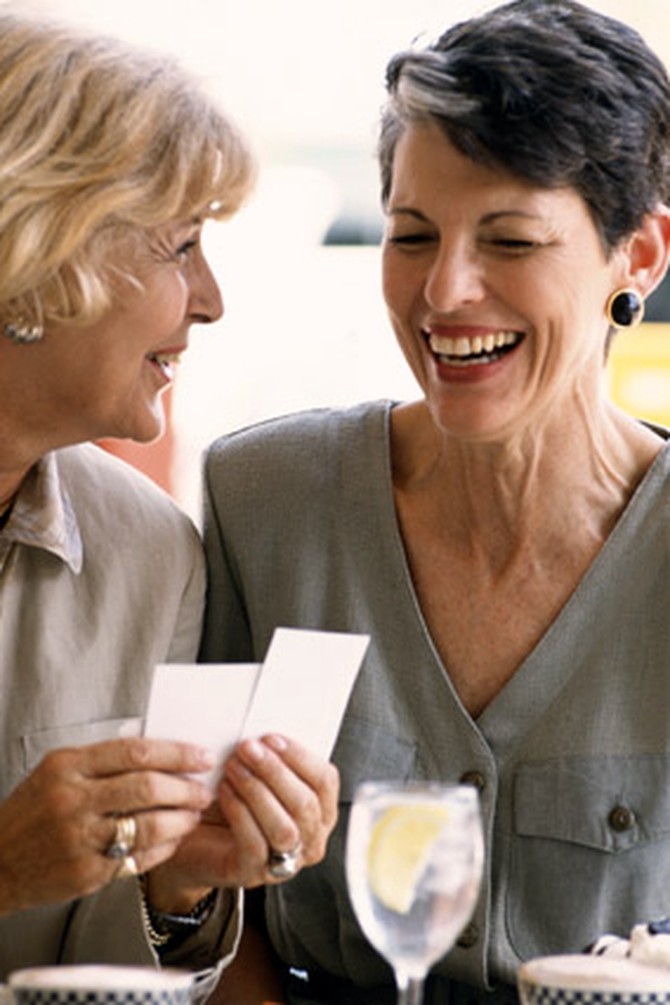
Photo: Thinkstock
Case No. 4: Detecting a Lie
We've all heard how to catch liars in the act: An upward glance to the right means they're dishonest. That's false, found a study led by the psychologist Richard Wiseman at the U.K.'s University of Hertfordshire. This time-honored tactic didn't detect liars accurately in any setting—when viewing videos of shifty-eyed volunteers or actual news cases.
Try instead: Look for the "Pinocchio effect": bald-faced liars tend to talk more (their word count "grows"), and their sentences become more complex, found a study by the University of Wisconsin and Harvard Business School. (Watch out: Wordy liars were mistakenly perceived as more trustworthy than their laconic peers.) Liars also swore more than truth-tellers—their tongues loosened by cognitive overload—and made fewer "I" statements.
Try instead: Look for the "Pinocchio effect": bald-faced liars tend to talk more (their word count "grows"), and their sentences become more complex, found a study by the University of Wisconsin and Harvard Business School. (Watch out: Wordy liars were mistakenly perceived as more trustworthy than their laconic peers.) Liars also swore more than truth-tellers—their tongues loosened by cognitive overload—and made fewer "I" statements.
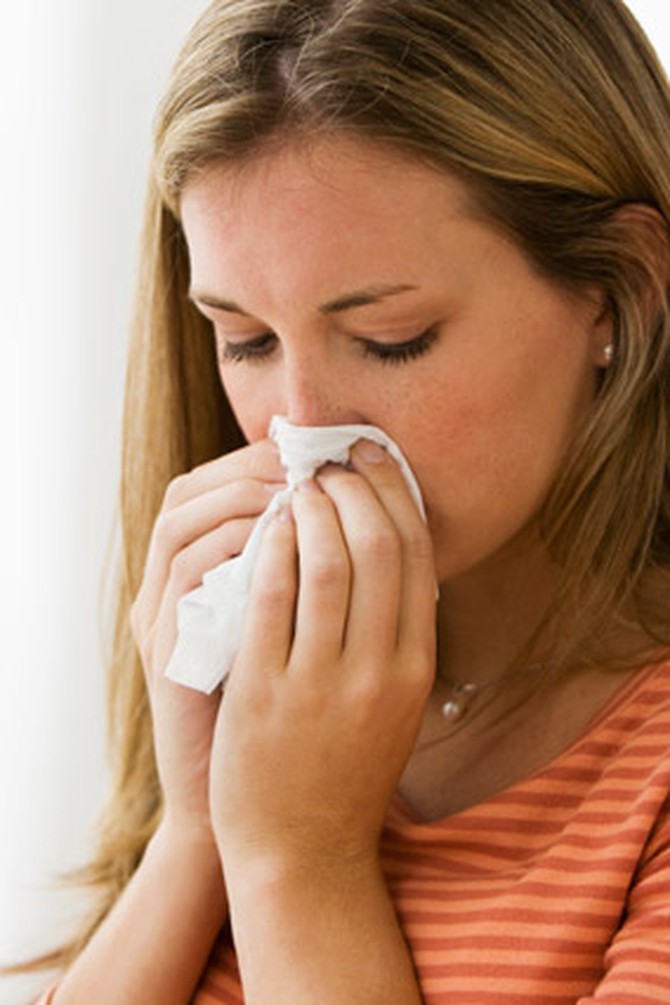
Photo: Thinkstock
Case No. 5: Clearing Your Stuffy Nose
Forty-five—that's how many times a day we blow our nose when we get a cold. The problem: Each time we honk, the pressure pushes virus-and-bacteria-laden mucus into the sinuses, increasing the risk of a nasty sinus infection, found a study at the University of Virginia Health Science Center.
Try instead: Sniff, don't blow, at least not forcefully, says otolaryngologist Birgit Winther, MD, associate professor of clinical research at the University of Virginia. Sniffing is "more natural" because it carries mucus from the front to the back of the nose—and down to the stomach where the cold virus is killed. For severe congestion, Winther recommends a decongestant nasal spray during the day (up to three times) and an oral antihistamine (like Benadryl) at night (it reduces mucus by nearly 40 percent).
Try instead: Sniff, don't blow, at least not forcefully, says otolaryngologist Birgit Winther, MD, associate professor of clinical research at the University of Virginia. Sniffing is "more natural" because it carries mucus from the front to the back of the nose—and down to the stomach where the cold virus is killed. For severe congestion, Winther recommends a decongestant nasal spray during the day (up to three times) and an oral antihistamine (like Benadryl) at night (it reduces mucus by nearly 40 percent).
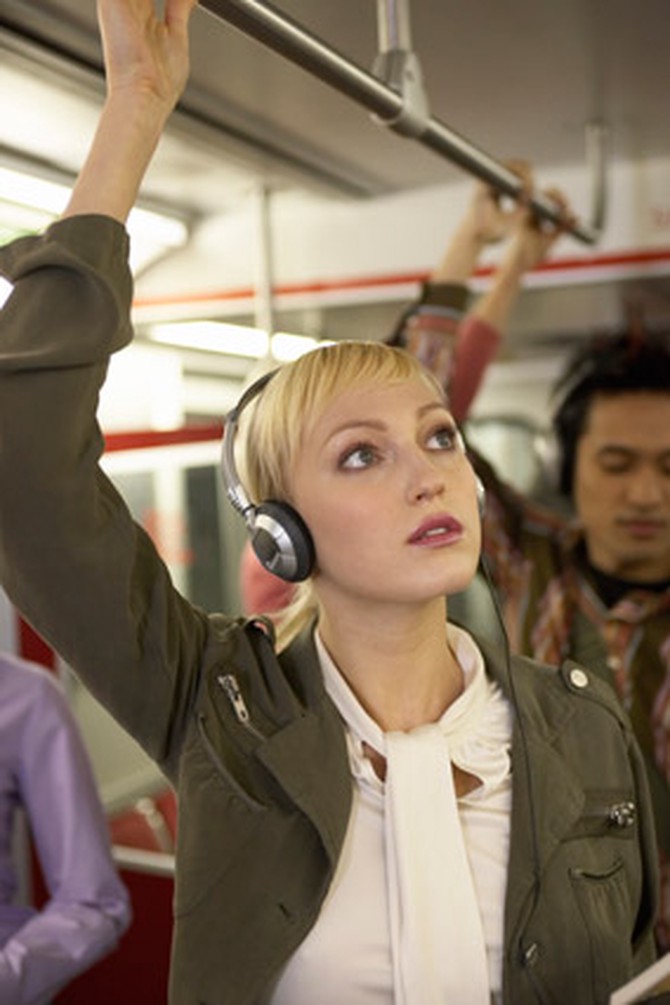
Photo: Thinkstock
Case No. 6: Wearing Headphones
The problem is not the headphones, per se; it's that most of us are unaware of how we're actually using them, found a study at the U.K.'s Bristol University. When volunteers wore standard iPod earbuds in loud places—subways and on the street, for example—their listening level was found to be so high that they were at risk for permanent hearing damage over time. (Note: Ears don't always ring when seriously assaulted.)
Try instead: Wear noise-canceling headphones (they sample background noise and cleverly "cancel it out" by feeding an inverse signal). People who used these in lieu of earbuds set their listening levels up to 4 decibels lower—which translates to about a 40 percent decrease in the risk of hearing loss.
Try instead: Wear noise-canceling headphones (they sample background noise and cleverly "cancel it out" by feeding an inverse signal). People who used these in lieu of earbuds set their listening levels up to 4 decibels lower—which translates to about a 40 percent decrease in the risk of hearing loss.
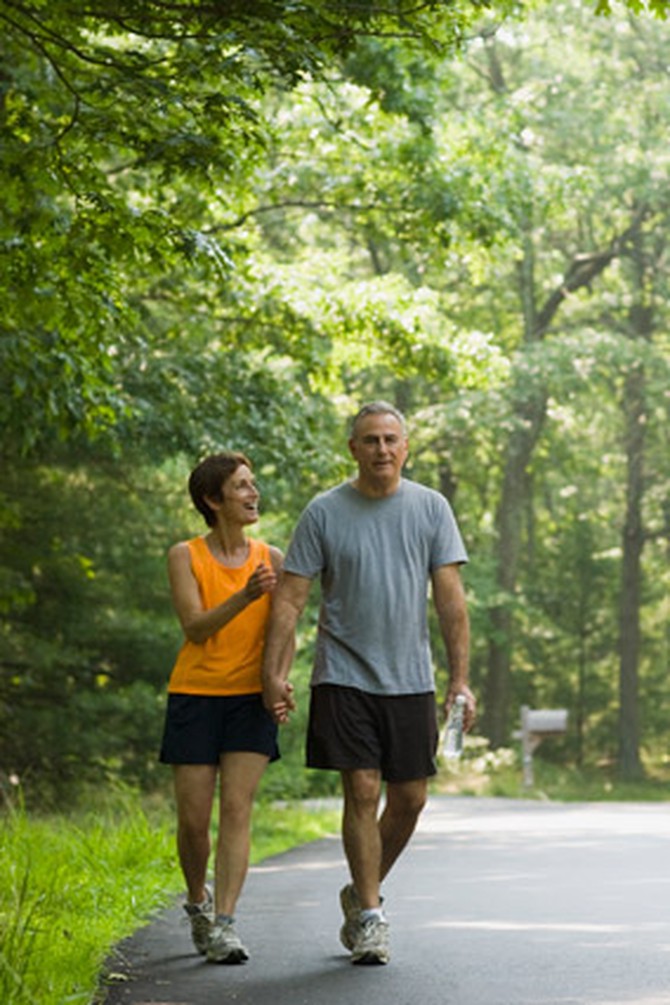
Photo: Thinkstock
Case No. 7: Relaxing After Dinner
When we're really stuffed, we tend to go for one of three options: a nap, a dose of tableside chitchat or caffeine. But, healthwise, they're all wrong compared with that old-fashioned-but-now-seldom-observed pastime: a walk. A German study revealed that a post-meal "constitutional" moves food through the system much faster (espresso didn't, surprisingly). At the same time, it helps to neutralize the blood sugar surge—linked with cardiovascular disease and weight gain—reported a study at Old Dominion University of volunteers with type 2 diabetes.
Try instead: Stand up within 15 minutes of your last bite—and go for a 15- to 20-minute stroll (wherever you are). Even slightly exercised muscles clear glucose from the bloodstream.
Try instead: Stand up within 15 minutes of your last bite—and go for a 15- to 20-minute stroll (wherever you are). Even slightly exercised muscles clear glucose from the bloodstream.

Photo: Thinkstock
Case No. 8: Taking Your Laptop Literally
"Laptop" is misleading, reported a study at the Technical University of Munich, because you shouldn't actually put it on your lap. After just one hour of improper ventilation—which often happens to machines that rest on thighs—just about every laptop tested was dangerously hot. For the computer, this can mean a shorter life. For us, the risk is "toasted skin syndrome"—when flesh is pressed panini-like—which resembles long-term sun damage. (Another nasty side effect: male infertility, a result of higher scrotum temperatures.)
Try instead: Consider a laptop with a larger screen (like a 17-inch model); the German study found that they run cooler than smaller ones. And, thighs aside, avoid propping your laptop on any soft surface where it can't breathe—especially pillows, blankets and the bed—we're all guilty here. (This is also why not to keep a laptop powered on when not in use—it may "wake up" and overheat in its case or another improperly ventilated place.)
Next: Life skills you may need to relearn
Try instead: Consider a laptop with a larger screen (like a 17-inch model); the German study found that they run cooler than smaller ones. And, thighs aside, avoid propping your laptop on any soft surface where it can't breathe—especially pillows, blankets and the bed—we're all guilty here. (This is also why not to keep a laptop powered on when not in use—it may "wake up" and overheat in its case or another improperly ventilated place.)
Next: Life skills you may need to relearn
Published 08/29/2013

